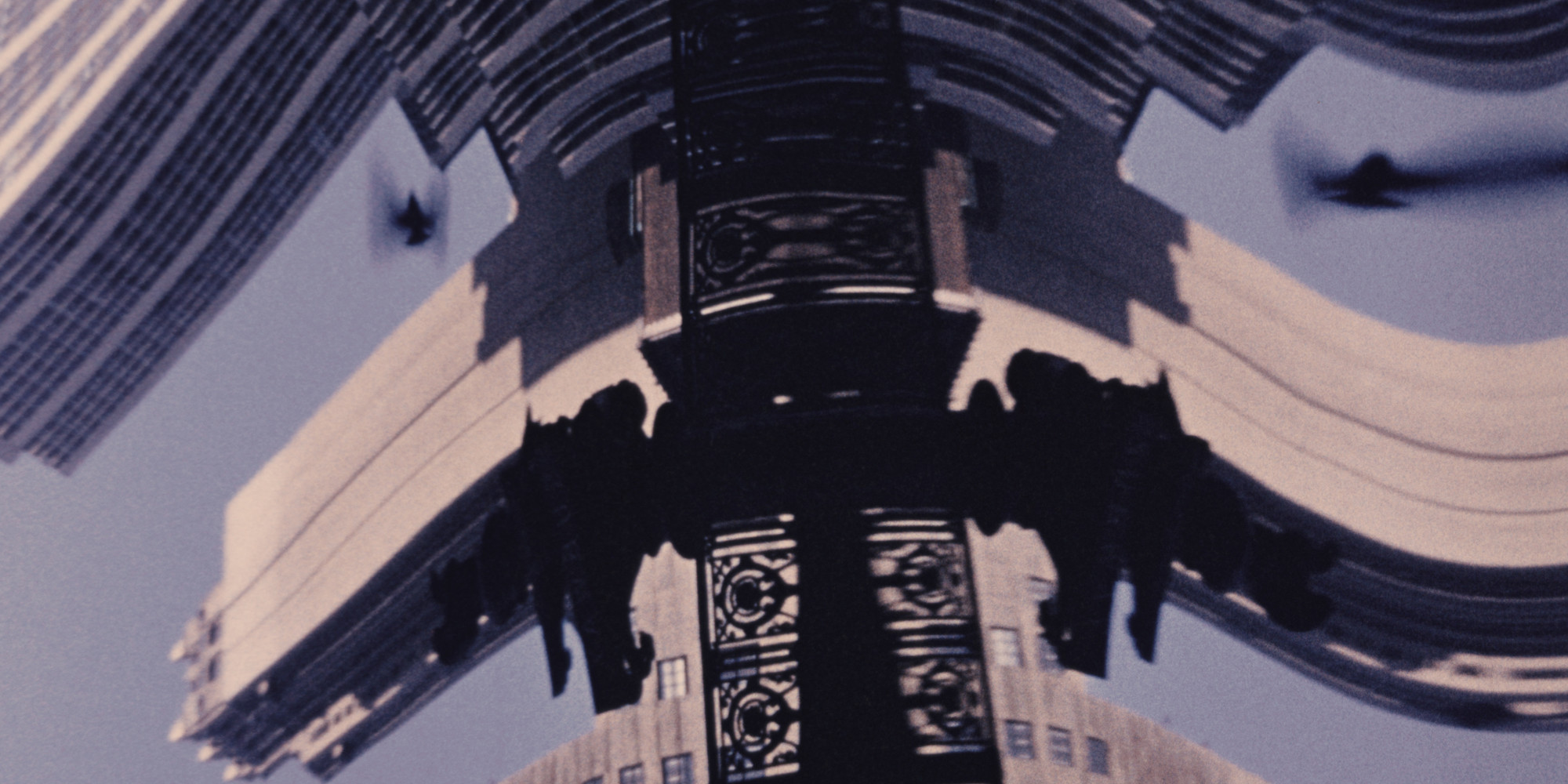
The City Stars: Skyline
A pair of shorts celebrate the “natural wonder” of New York City’s skyline.
Dave Kehr, Sean Yetter
Jul 26, 2019
“Since the beginning of film, New York was a subject that filmmakers found irresistible.”
–Dave Kehr
We have all felt the allure of New York City’s jagged skyline when it comes into view. In the first half of the 20th century, the development of cinema ran parallel to our ability to build the steel-framed skyscrapers that give the City its distinct profile. Artists were among the first to look at the rising metropolis through a new lens. For this installation of The City Stars, our online film exhibition highlighting shorts made in NYC, MoMA film curator Dave Kehr discusses the “natural wonder” of the City’s skyscrapers as seen in two recently restored shorts from MoMA’s collection: Manhatta (1921), by artists Paul Strand and Charles Sheeler, and N.Y., N.Y. (1957), directed by Francis Thompson with a soundtrack by Gene Forrell. Each film captures a specific moment in the City’s industrial and cultural history, and each looks at the relationship between the figures on the street and the huge buildings rising around them. *Manhatta*’s emphasis on the inner geometries of the skyscrapers, the streets, and the intersection of the sidewalks creates a sense of foreboding, while N.Y., N.Y. shows an organic, pulsing view of New York City, reflecting the liveliness and optimism of the 1950s.
Manhatta (1921)
“Numberless crowded streets, high growths of iron, slender, strong, light, splendidly uprising toward clear skies….”
–Walt Whitman, “Mannahatta,” 1860
Paul Strand and Charles Sheeler signaled the ambition for their film Manhatta in taking its title from the poem “Mannahatta,” an homage to the New World metropolis (using the island’s original Lenape name) by Walt Whitman, who defined a uniquely American poetic voice. One of the first films to be made by artists, Manhatta is considered to be among the earliest experimental art films made in America. Strand and Sheeler were already accomplished artists, known for their photographs of urban and industrial landscapes. The film shows the influence of such avant-garde movements as Cubism: Strand and Sheeler look at New York City from shifting viewpoints, dissecting it geometrically and reconstructing it so that its frames verge on abstraction. Manhatta launched a genre that became known as a City Symphony, tracing the life of a city from dawn to dusk.
N.Y., N.Y. (1957)
Francis Thompson revisits New York City 30 years later with a very different technology—a 16mm hand-held camera with Kodak color film stock. Thompson also had a lot more NYC to deal with than Strand and Sheeler did; by the mid 1950s, the skyline had expanded dramatically. Using special lenses, reflective surfaces, and optical printing, he created an even more abstract and energetic vision of New York City—a place of dizzying expansion, constant change, and unstopping motion. The resulting film impressed the English writer and philosopher Aldous Huxley, who was researching psychedelic experiences. “In this very strange and beautiful picture,” Huxley wrote in his 1956 philosophical essay Heaven and Hell, “we see the city of New York as it appears when photographed through multiplying prisms or reflected in the back of spoons, polished hubcaps, spherical and parabolic mirrors. We still recognize houses, people, shopfronts, taxicabs—but recognize them as elements in one of those living geometries, which are so characteristic of the visionary experience.”
Related articles
-

The City Stars: Underground
Rajendra Roy looks at filmmakers who went underground—literally—to explore the New York City subway.
Rajendra Roy, Sean Yetter
Jul 22, 2019
-

The City Stars: In the Streets
Two short films find inspiration in the alleys and avenues of New York City.
Margaret Bodde, Sean Yetter
Jul 15, 2019

